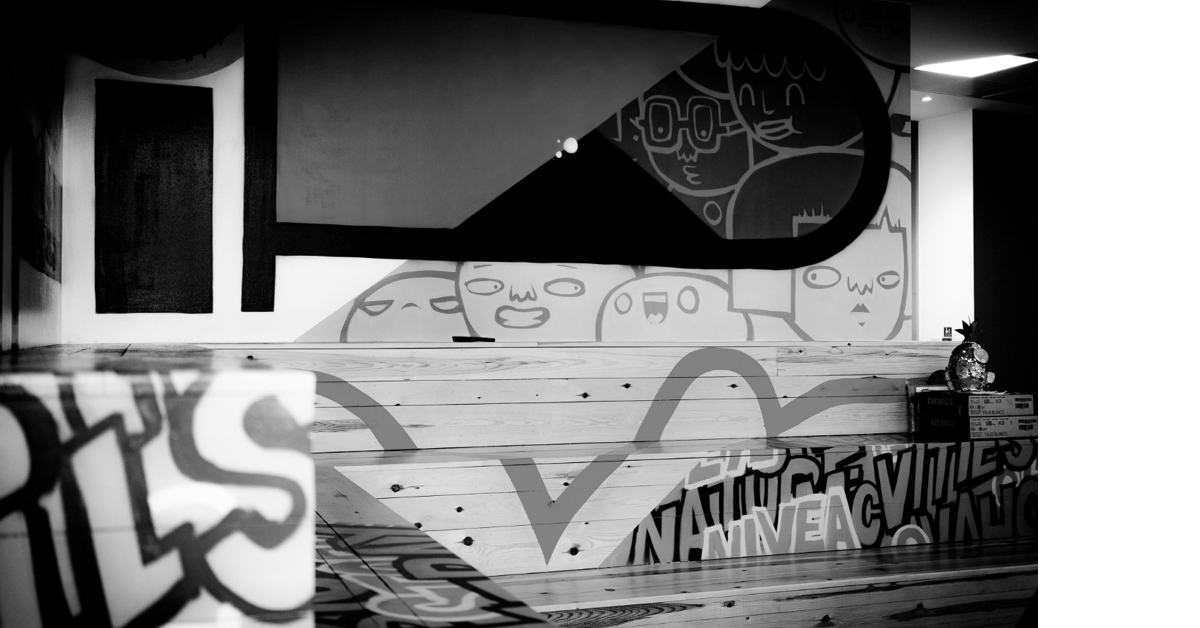
As previously reported, the Supreme Court has handed down its judgement in the long running dispute between Magmatic (the maker of the Trunki suitcase) and PMS. In a decision that has been described as “a travesty and plunges design law into an abyss” by the chief executive of Anti Copying in Design, the Supreme Court has dismissed Magmatic’s appeal and upheld the decision of the Court of Appeal in finding that PMS did not infringe the Registered Community Designs “RCDs” of Magmatic.
The Supreme Court agreed with the reasoning of the Court of Appeal on three issues:
- Firstly, that the overall impression of Magmatic’s RCD was that of a horned animal.
- Secondly, that it is possible for the absence of decoration on a RCD to be a feature of that design.
- Thirdly, the use of a CAD drawing showing the design in two monochrome colours i.e. grey for the body and horns and black for the wheels, the strap and the front and rear strips, stood out as features of the design and must be taken to limit the RCD to these contrasting colours.
It is important to note that Magmatic’s RCDs were filed soon after the Designs system in the European Union opened. It is difficult not to feel a certain amount of sympathy for Trunki as they appear to have fallen victim by virtue of testing the use of CAD drawings for design applications.
In this instance, perhaps the use of line drawings would have rendered a different result? This is especially so, noting that it was the surface decoration of the Kiddee case that helped distance the overall impression created by the Kiddee case from that of Trunki. It is arguable that there is a limiting effect of the scope of a design through the use of the CAD drawings. This is because line drawings are much more likely to be interpreted as not excluding ornamentation than that of a CAD image. In this matter, the Supreme Court, whilst having the option, did not refer this question to the CJEU. This means that we still do not have concrete guidance on the actual scope of protection of a CAD drawing or line drawing in a RCD.
If you want to discuss how this decision may affect you or any of your rights, please feel free to get in touch.
Send us your thoughts:
Would you like to read more articles like this?
Building 1000
Cambridge Research Park
CB25 9PD
Fax. 01223 425258
info@iamstobbs.com
Privacy policy
German office legal notice
Cookie Declaration
Complaints Policy
Copyright © 2022 Stobbs IP
Registered Office: Building 1000, Cambridge Research Park, Cambridge, CB25 9PD.
VAT Number 155 4670 01.
Stobbs (IP) Limited and its directors and employees who are registered UK trade mark attorneys are regulated by IPReg www.ipreg.org.uk

